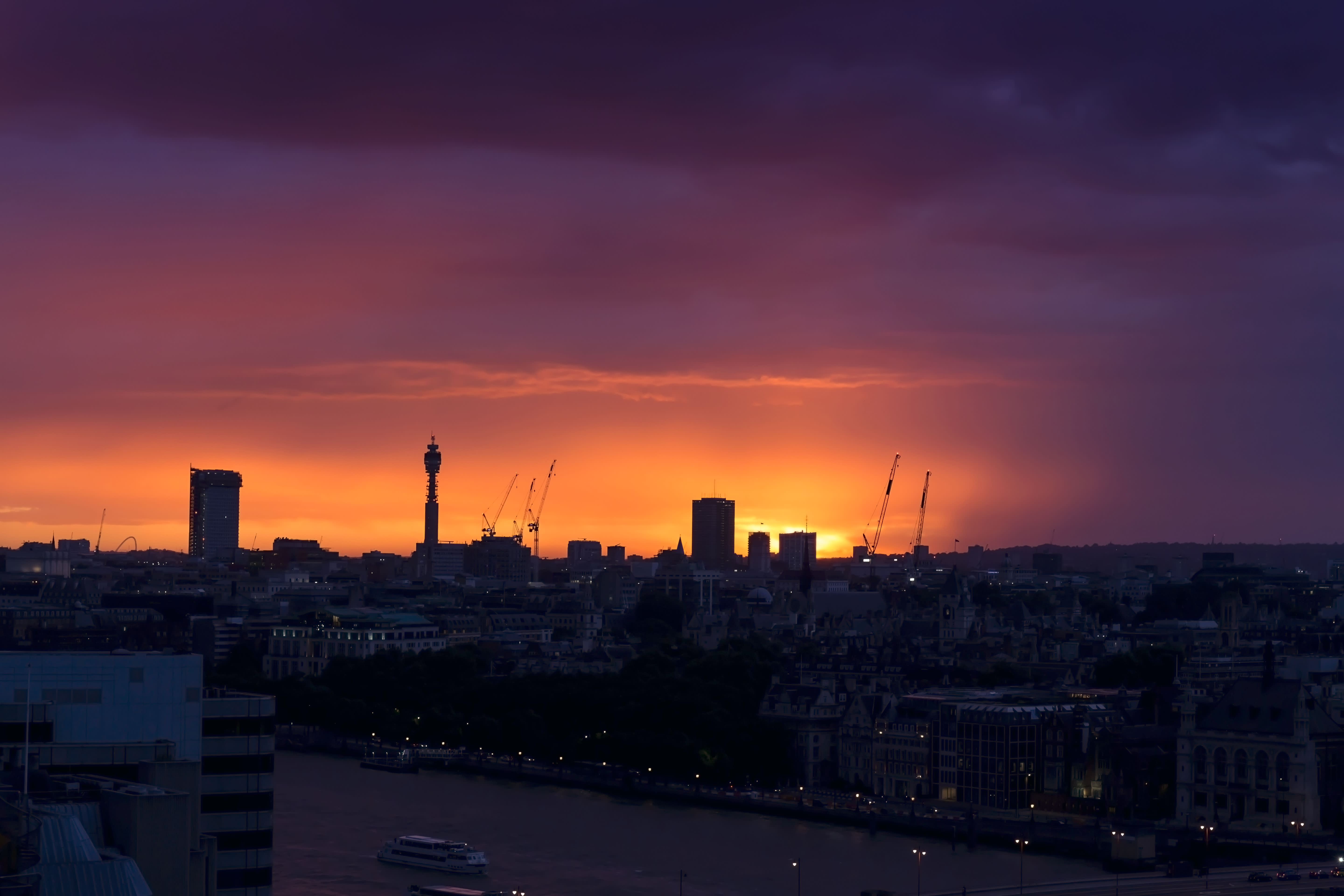
From homes and offices to stadiums, museums and hospitals, buildings provide us with a wealth of benefits. And while they have a clear practical purpose, on a purely aesthetic front their design can also lift the spirits and create a sense of wonder.
Their impact on the environment, however, is a cause for concern. Think about it: buildings need huge amounts of energy for air conditioning, heating and lighting, not to mention the appliances that make homes comfortable and businesses tick.
According to the International Energy Agency (IEA), final energy use in buildings hit approximately 3,060 million tons of oil equivalent (Mtoe) in 2018, up from 2,820 Mtoe in 2010. Fossil fuels' share in buildings' energy use was at 36% in 2018, the IEA says, a small drop compared to 38% in 2010.
As we head deeper into the 21st century, technology and different ways of thinking will have a big role to play in making our buildings greener, more efficient spaces.
Commercializing sustainability
At January's World Economic Forum in Davos, Switzerland, CNBC's Steve Sedgwick chaired a discussion which looked at how technology, innovation and ideas could be deployed to create a more sustainable built environment.
Christian Ulbrich, the president and CEO of property firm JLL, kicked off the discussion by seeking to explain some of the challenges.
"There is a massive built environment which is existing, and it is not very sustainable," he said. "It is built to kind of last for 100 years, so we not only have to touch everything which has to be rebuilt, we also have to touch the existing footprint."
As the conversation progressed, Ulbrich went on to express the opinion that sustainability had to be commercial.
Asked by CNBC's Sedgwick whether there was an appetite from customers for buildings using new technology that was green, he replied that there was "great appetite."
"I think at the end of the day — and some people may not like it — sustainability has to be commercial," he said.
Ulbrich went on to add that we were now "at a point where there is commercial viability around a lot of the sustainability activities, and so that's why there is tremendous amount of appetite."
According to the International Finance Corporation, part of the World Bank Group, the potential is indeed significant.
In a foreword to a 2019 report, the organization's Director of Climate Business, Alzbeta Klein, wrote that green buildings represented "one of the biggest investment opportunities of the next decade — $24.7 trillion across emerging market cities by 2030."
Tech has a role to play
While money is clearly important when it comes to funding a change in the way buildings are built and operate — or how they are retrofitted — technology is also crucial.
From lighting systems that detect if a room is occupied to smart air conditioners, the buildings of today are increasingly turning to innovative pieces of kit.
Rima Qureshi, executive vice president and chief strategy officer at telecoms giant Verizon, stressed that while the technology existed, part of the challenge was that so many players were involved.
"It's not as straightforward as just the building owner," she said. "It's the permitting, it's the ability to get into older buildings, it's the ability to dig," she added.
"It's the fact that the solutions that one resident of the building wants may be different than the solution that another wants. It's the fact that there are security issues if you want to connect all of the devices in a building, and there are different needs and different constituents that want different solutions."
2020-02-27 09:19:00Z
https://www.cnbc.com/2020/02/27/tech-and-bright-ideas-are-about-to-usher-in-a-new-era-of-buildings.html
CAIiEIXwr5rkKPWHcGm8pMcUw4UqGQgEKhAIACoHCAow2Nb3CjDivdcCMP3ungY
Bagikan Berita Ini
















0 Response to "Tech, and some bright ideas, are about to usher in a new era of buildings - CNBC"
Post a Comment